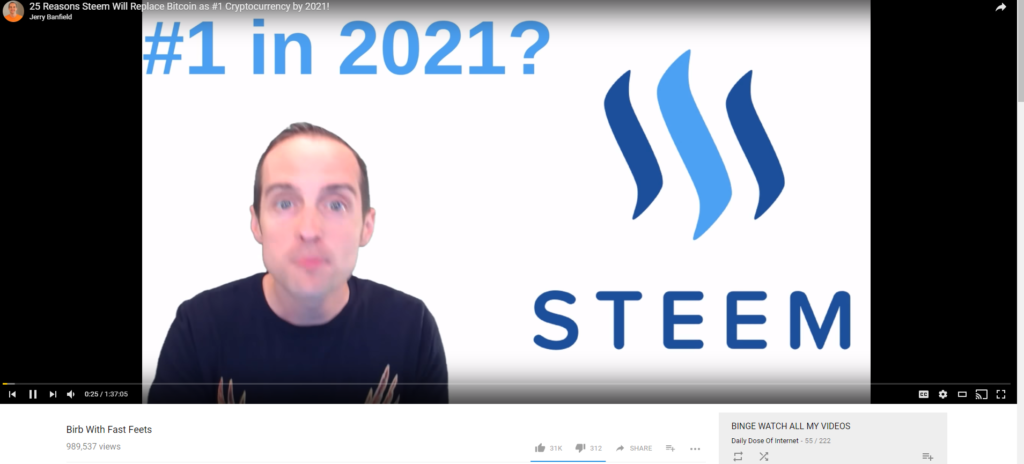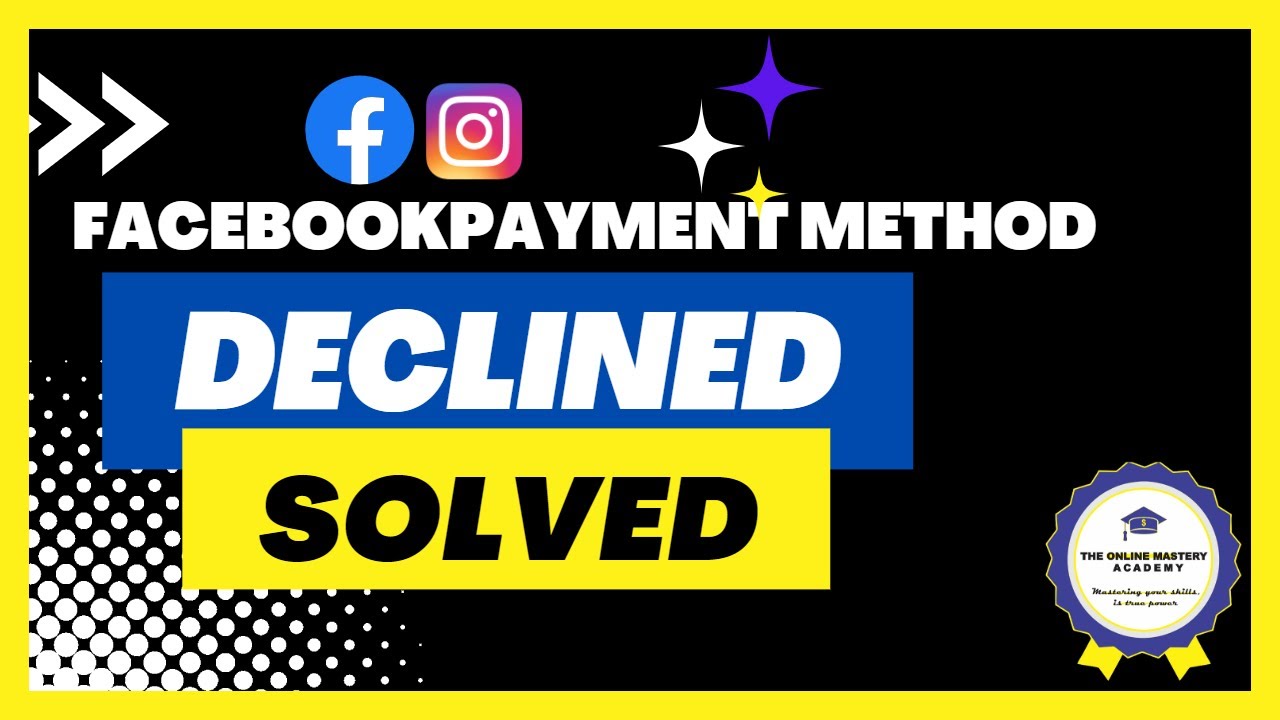YouTube advertising has come a long way since the platform first launched. With millions of creators sharing content and billions of users consuming it, YouTube has become a goldmine for advertisers. Companies of all sizes have turned to this video-sharing platform to reach their target audience effectively. From skippable ads to bumper ads, the various ad formats have allowed brands to engage users in unique ways. However, in recent years, we’ve seen a noticeable decline in the efficacy of
The Evolution of YouTube Ads

YouTube ads have witnessed significant changes since the platform's inception, adapting to both user behavior and technological advancements. Here's a brief overview of how they have evolved:
- Initial Ad Formats: In the early days, YouTube relied heavily on display ads alongside the video player. These were basic and often ignored by viewers.
- Introduction of Video Ads: In 2006, Google acquired YouTube and began introducing video ad formats like InStream ads. These ads can be either skippable or non-skippable, allowing for a more immersive experience.
- Bumper Ads: Launched in 2016, bumper ads are six-second non-skippable ads designed for quick brand messages. Their brevity appeals to users who prefer fast content consumption.
- TrueView Ads: Introduced to give users choice, TrueView ads allow viewers to skip after five seconds, meaning advertisers only pay if a viewer watches beyond that point. This format has significantly increased viewer engagement.
- Targeting and Analytics: With the advancement of data analytics, advertisers can now target specific demographics, ensuring their ads reach the right audience, which has changed campaign strategies substantially.
As the platform grows and user habits change, YouTube continues to innovate in advertising. However, amidst this evolution, we must also consider the factors leading to the decline of YouTube ads as we know them today.
Factors Contributing to Poorer Ad Quality

Let's dive into the reasons why YouTube ads seem to be declining in quality. It's an evolving landscape, and several factors play a role in this shift.
- Ad Saturation: You’ve probably noticed that the same ads play multiple times, leading to viewer fatigue. When users see the same promotions repeatedly, the novelty wears off, impacting the overall effectiveness.
- Targeting Issues: With advanced algorithms, you'd expect ads to be tailored to individual users' interests. However, inaccurate targeting can lead to irrelevant ads that fail to resonate. When a user is shown an unrelated ad, they’re more likely to skip or ignore it.
- Increased Competition: As more brands flock to YouTube for their advertising needs, the competition for viewers' attention has intensified. This results in a rush to put out ads quickly, often sacrificing quality for quantity.
- Shorter Attention Spans: In a world where content is king, shorter is often better. Many ads are now produced with a focus on rapid-fire messaging, which can diminish the storytelling aspect that captures users' interest.
- Viewer Frustration: Ads that interrupt content can be a real turn-off. With many users opting for ad blockers or premium subscriptions, the pressure is on advertisers to produce engaging, high-quality content to retain viewer attention.
As we can see, the combination of these elements contributes significantly to the perception that YouTube ads are declining in quality, impacting both advertisers and viewers alike.
User Experience vs. Advertisement Effectiveness
When we talk about YouTube ads, there's often a tug-of-war between enhancing user experience and ensuring advertisement effectiveness. Let’s explore this dilemma a bit further.
- User Experience: At the end of the day, users are looking for engaging and enjoyable content. Excessive ads can lead to a negative viewing experience, driving users away and reducing overall watch time. Users crave seamless viewing without too many interruptions.
- Advertisement Effectiveness: On the flip side, advertisers need to get their messages out there. They aim for effective campaigns that capture the attention of potential customers. But if ads are causing users to skip or leave, the campaign's effectiveness plummets.
- Striking a Balance: The key challenge lies in finding a balance between showing enough ads to ensure visibility while also keeping the viewer engaged. Advertisers who create entertaining or engaging ads often see better results, as they align their goals with users' interests.
- Innovative Formats: With the introduction of non-intrusive ad formats like bumper ads or sponsored content, there’s potential for advertisers to enhance effectiveness while minimizing disruption. But, this requires brands to rethink their strategies and invest in quality.
In summary, while user experience is critical for retaining viewers, advertisers must also ensure their messages land effectively. A harmonious approach can lead to improved perceptions of ads on platforms like YouTube.
The Impact on Content Creators and Viewers
The decline of YouTube ads is sending ripples through the digital landscape, reshaping not only the platform itself but also how content creators and viewers interact with one another. Let's break it down!
For content creators, the effects can be both immediate and profound. A drop in ad revenue means that many creators are struggling to monetize their content effectively. This situation leads to:
- Financial Struggles: Creators who rely on ad revenue may find it hard to sustain their channels. Some may even turn to alternative revenue streams, such as Patreon or merchandise sales.
- Content Quality Decline: With less money coming in, some creators might cut corners on quality, focusing on quantity instead of delivering high-value content.
- Shift in Content Strategy: Many will feel pressured to create clickbait or sensationalist content to garner views, straying from their original creative visions.
On the other hand, viewers also face changes in their experience. The relationship between creators and audiences could shift dramatically:
- Less Diverse Content: As creators chase ad dollars elsewhere, audiences may find familiar content repeating itself, lacking variety and creativity.
- Potential Increase in Subscriptions: Viewers may opt to support creators through subscriptions or donations, leading to a more engaged but smaller community.
In summary, the decline of YouTube ads affects everyone in the ecosystem—from creators scrambling for revenue to viewers seeking authentic content. As the landscape evolves, it's crucial for all parties to navigate these changes together.
Possible Solutions for Improvement
In light of the challenges posed by the decline of YouTube ads, finding solutions is essential for the platform, creators, and viewers alike. Here are several potential strategies that could help reinvigorate the ad ecosystem:
- Revamping Ad Algorithms: By improving the relevance and targeting of ads, YouTube can make the advertising experience more enjoyable for viewers, potentially increasing engagement and revenue for creators.
- Diverse Revenue Streams: YouTube could explore offering more integrated forms of monetization, such as subscription models or sponsored content, creating a stable income for creators.
- Enhanced Creator Tools: Providing better analytics and insights can help creators refine their content strategies, allowing them to cater to what viewers want without sacrificing quality.
- Community Engagement Initiatives: YouTube might benefit from implementing programs that highlight and support underrepresented creators, fostering a more inclusive platform.
In addition to these approaches, both creators and viewers can contribute to a more robust ecosystem by:
- Supporting Creators: Viewers can directly support their favorite creators through channels like memberships, merchandise, or crowdfunding platforms.
- Fostering Transparency: Encouraging open conversations about monetization and advertising can cultivate trust and understanding between creators and their audiences.
Through collaboration and innovation, both YouTube and its community can address the decline in ad effectiveness, paving the way for a more sustainable and vibrant platform for everyone involved.
Analyzing the Decline of YouTube Ads
YouTube has long been a dominant player in the digital advertising space, providing brands with unparalleled access to a globally diverse audience. However, recent trends indicate a noticeable decline in the effectiveness and appeal of YouTube advertisements. This post will explore the various factors contributing to this decline, offering insights into changing consumer behavior, competition, and platform dynamics.
Several reasons can be attributed to the downfall of YouTube ads:
- Ad Fatigue: Frequent exposure to the same ad content leads to increased annoyance among users, resulting in ad avoidance.
- Increased Competition: With the rise of TikTok and other short-form video platforms, advertisers are reallocating budgets to these channels, leading to a decrease in YouTube ad spends.
- Algorithm Changes: YouTube's shifting algorithms impact ad visibility, making it harder for brands to reach their target audiences effectively.
- User Preferences: Viewers are increasingly seeking authentic content and are less responsive to promotional material.
Furthermore, changes in advertising metrics raise concerns about the effectiveness of YouTube ads. Advertisers are beginning to prioritize engagement rates and community interactions over traditional view counts. This shift prompts marketers to rethink their strategies, focusing on quality rather than quantity.
| Factor | Impact |
|---|---|
| Ad Fatigue | Increased annoyance and avoidance |
| Competition | Diversion of advertising budgets |
| Algorithm Changes | Reduced ad visibility |
| User Preferences | Decline in ad responsiveness |
In conclusion, the decline of YouTube ads is a multifaceted issue influenced by consumer behavior, competitive threats, and changes within the platform itself. Advertisers must adapt to these challenges to secure their place in the evolving digital landscape.










